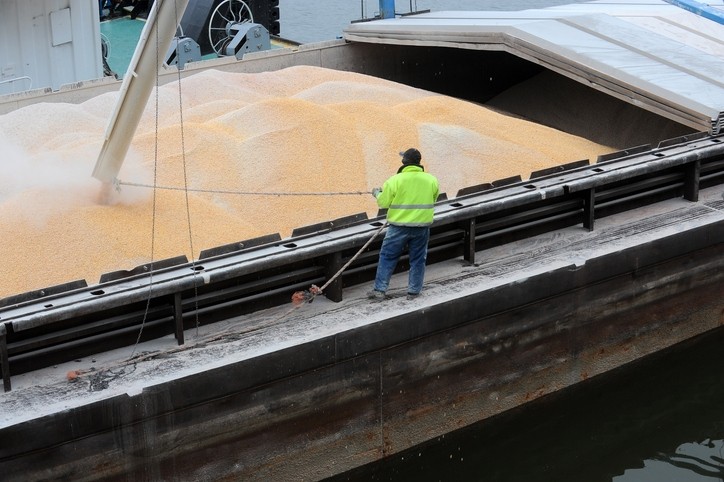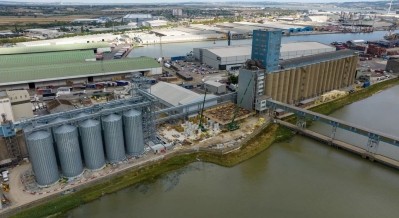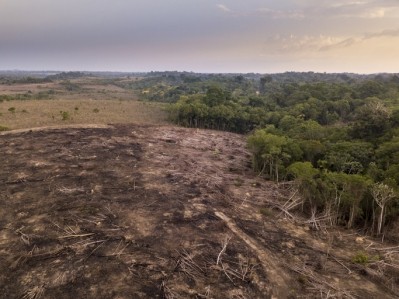New analytical tool designed to predict spoilage risk in grain and oilseed shipments

Its AI-based, shipment risk simulation cloud app is now available to ag traders, shippers, freight and logistics teams, it said.
The tool is designed to accurately predict and uncover quality risks along the route of an ocean bulk carrier, river barge or container, and is targeted at companies involved in the shipping or receiving of grains, soybeans, rice and other perishable commodities or high-value crops.
Capabilities include running what-if scenarios - varying grain moisture - simulating demurrage and using the tool to design an optimal blend for resiliency on a planned route.
The software has been tried and validated extensively in ocean shipments of grain cargoes:
“In trials carried out with a leading commodities company, Centaur’s software was able to accurately and repeatedly predict spoilage incidents in soybean shipments, and correctly distinguish between ‘safe’ and ‘high risk’ cargo holds. This led to the adoption of the solution as a shipment planning tool by the grain company,” Faye Beligianni, project manager, Centaur, told FeedNavigator.
From grain storage to maritime ag logistics
The developer said its digital-twin technology for monitoring grain, deployed in numerous grain storage and logistics use cases, is 'at the heart' of the app.
That technology was first introduced in commercial sites in 2017 and launched for use in on-farm storage in 2019, said the spokesperson.
“With the release of the shipment risk simulation app, Centaur brings this technology to maritime ag logistics, where no similar solution existed before. Freight teams used to rely on empirical formulas (e.g. correlation of product temperature and moisture to safe transit duration) that were not optimized for specific crop types and climate conditions and were, thus, unreliable.”
The technology uses Computational Fluid Dynamics (CFD), an advanced simulation technique for simulating the propagation of thermodynamic parameters within the mass of the grain stored or transported.
“Powered by machine learning algorithms, this technique predicts grain respiration and risk of mold development for every ounce of product mass. As a result, it evaluates accurately the risks of grain spoilage from high temperature and mold development, in every hold of a vessel/barge along its route.”
The cloud-based app understands and processes climate parameters along the route such as atmospheric conditions and water temperature, and adapts its digital twin so that accurate, climate-correct predictions are provided to the user, continued Beligianni.
“A detailed forecast is extracted for the condition of the cargo and the associated spoilage risk of each ship hold on the dates of unloading at destination. Potential demurrage, caused by congestion at a terminal, are assessed via what-if scenarios, and alternative routes can be planned when applicable.”
Sustainability box ticked
The technology also has benefits in terms of sustainability parameters:
“Using this technology for transporting grain commodities around the globe will help to dramatically reduce spoilage and rejected shipments due to quality. This is equivalent to optimizing land use, especially since soybean production has been tied to deforestation.
"In addition, offsets in greenhouse gas (GHG) emissions are achieved by preventing shipments that would result in rejections at the port of destination. Therefore, sustainability benefits are compounded," said Beligianni.















